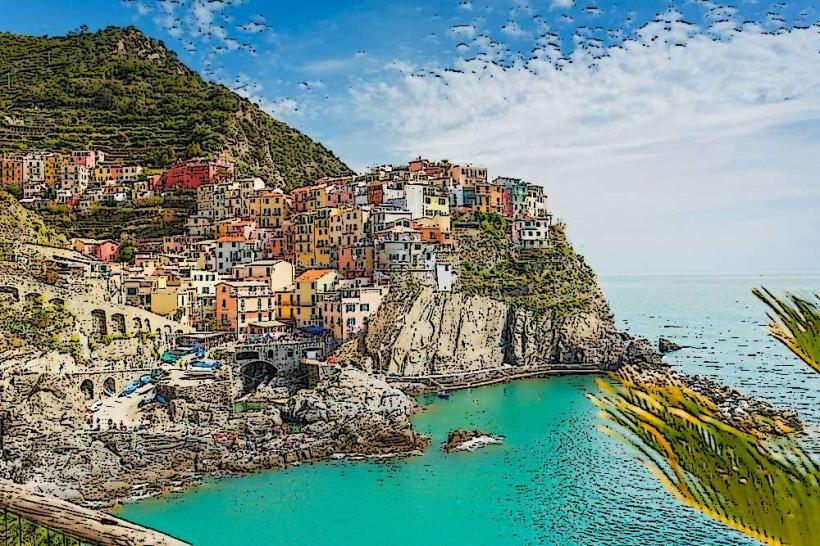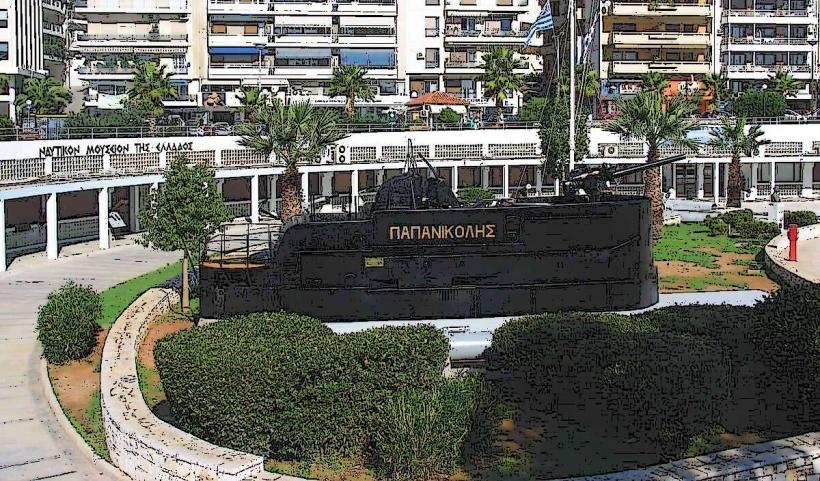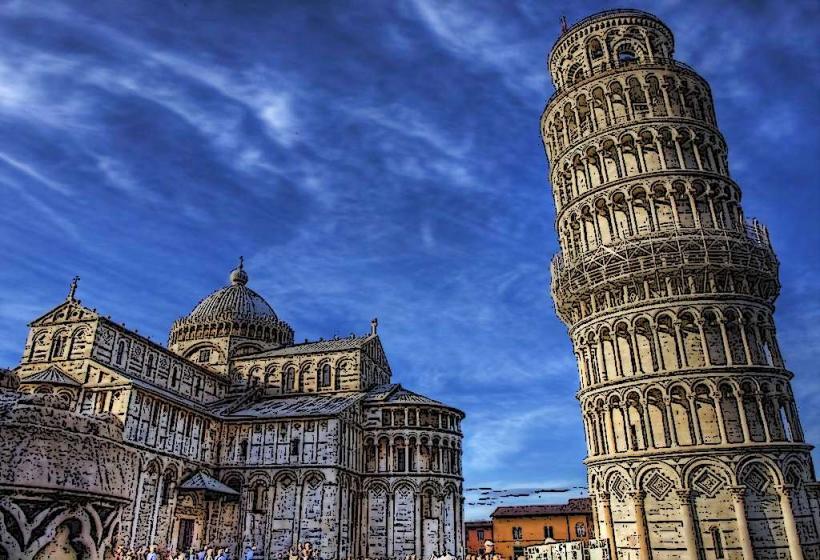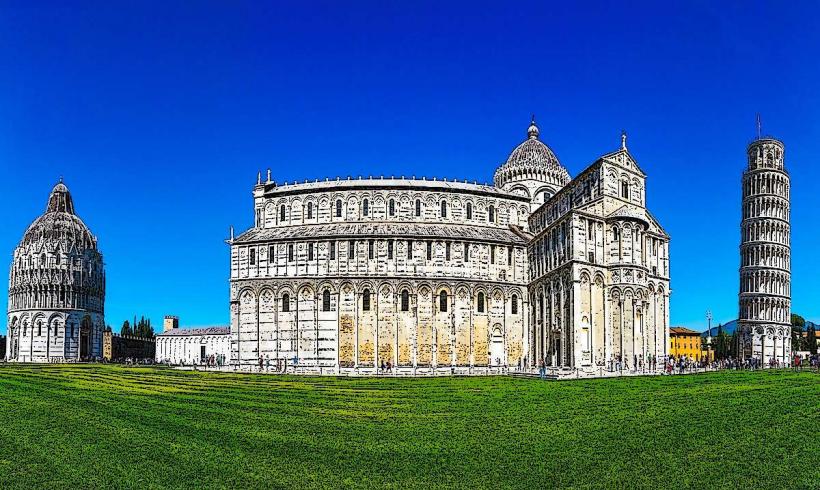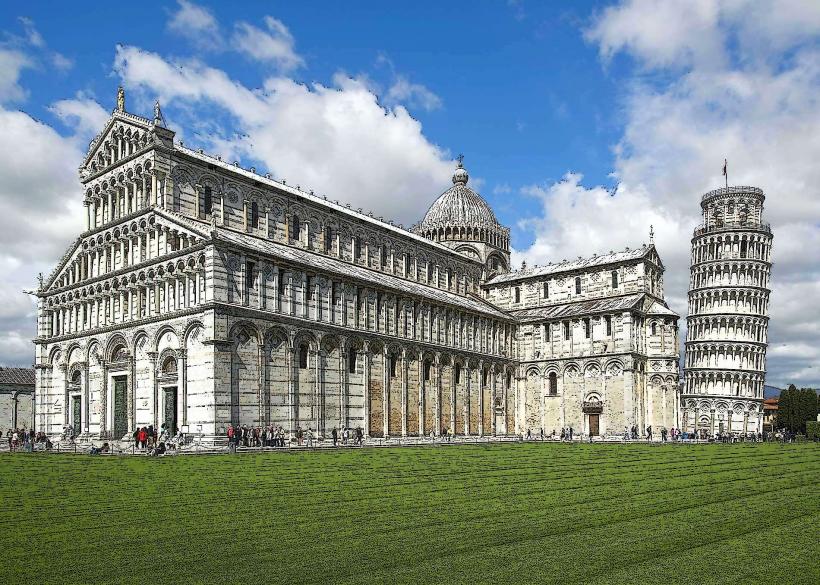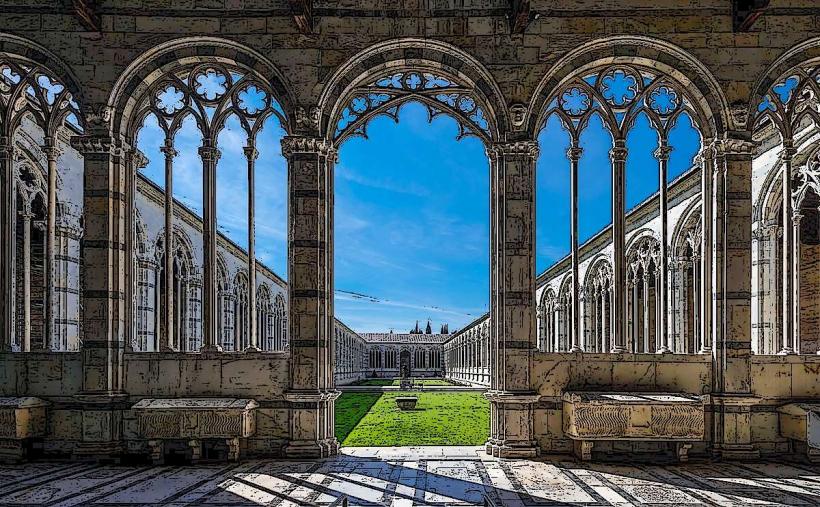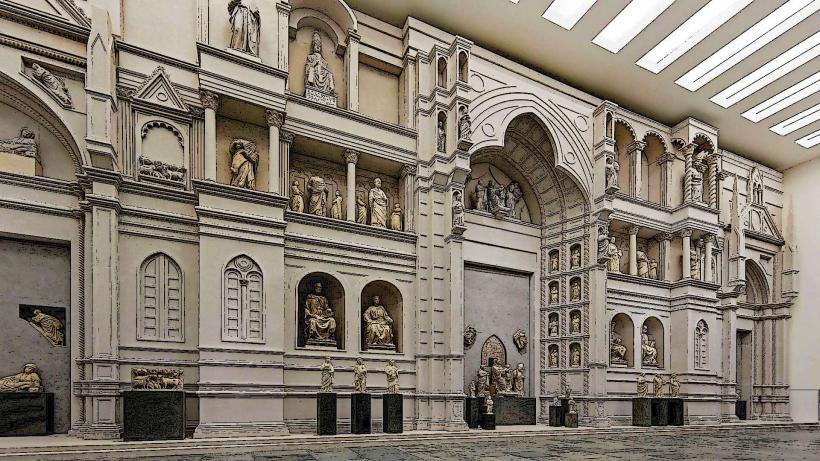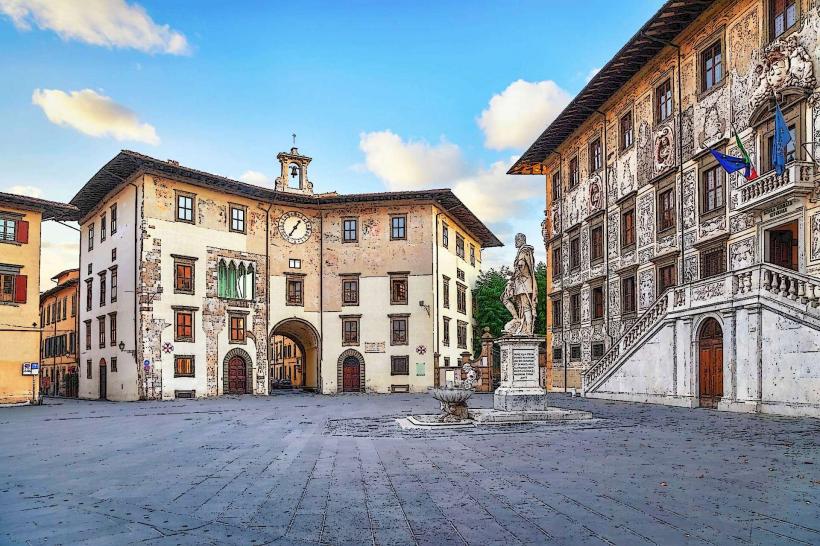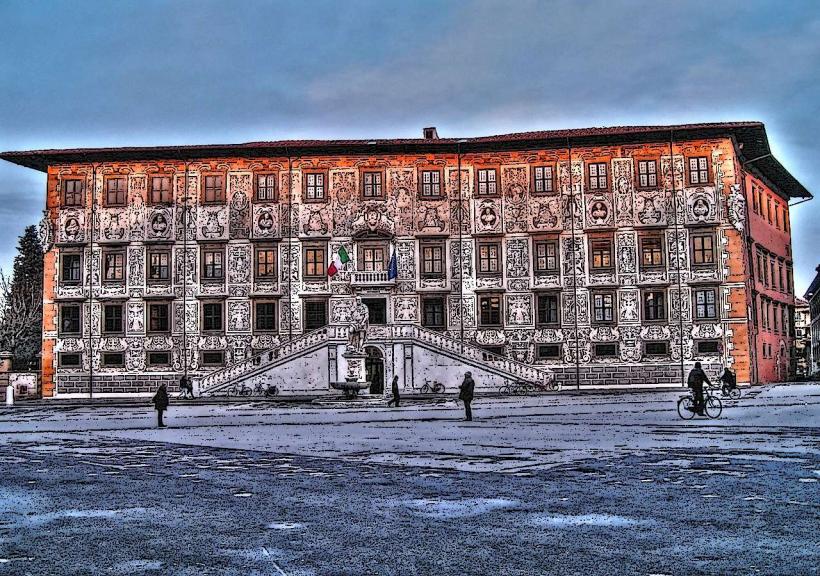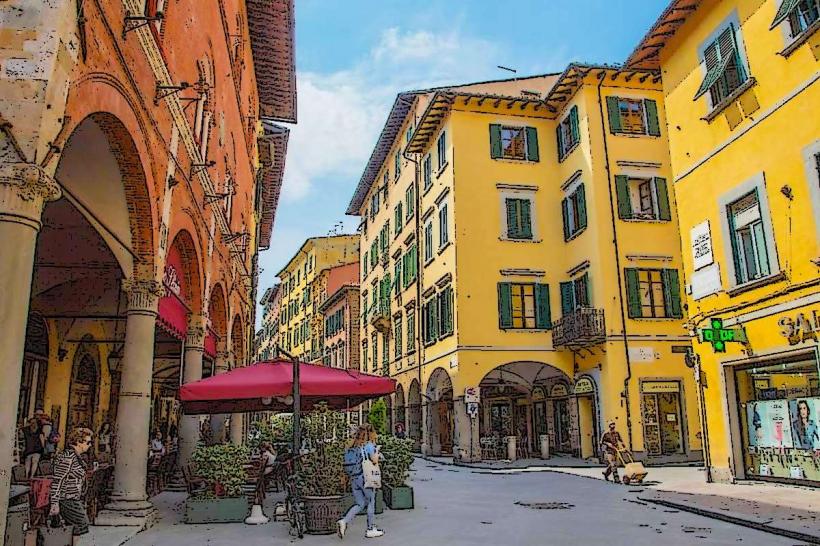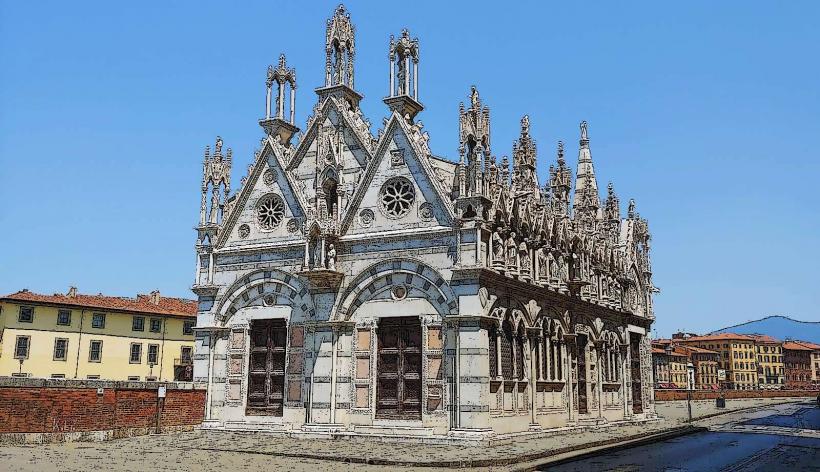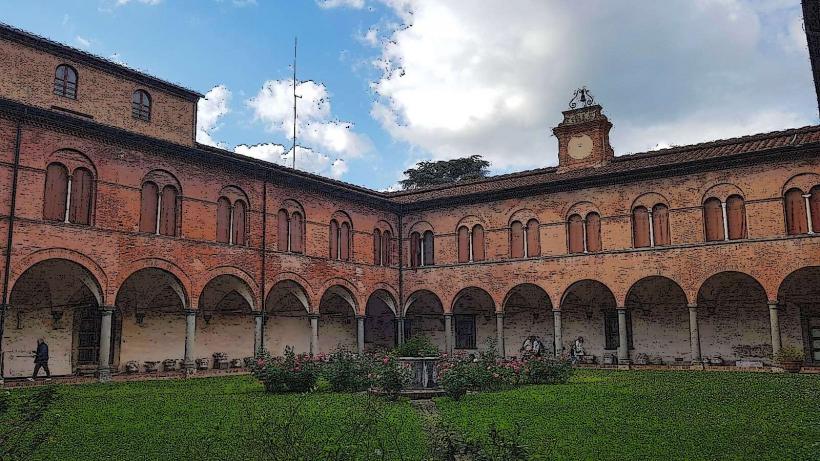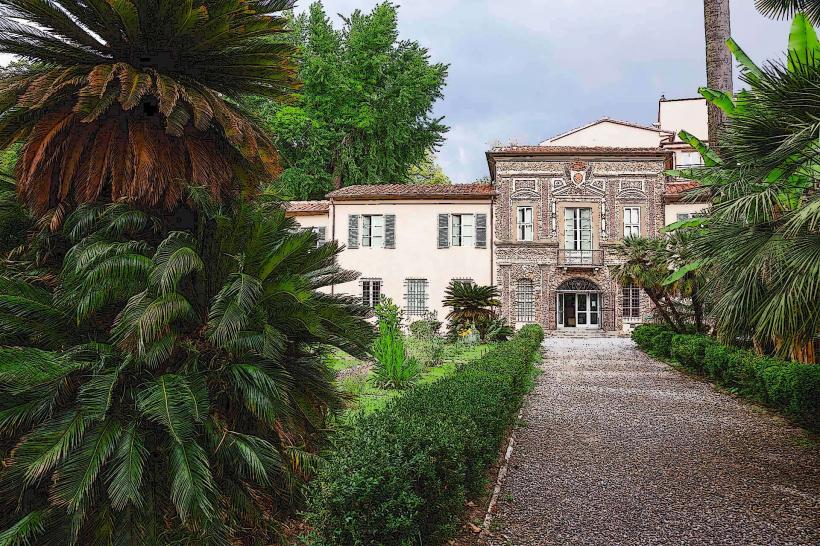Information
Landmark: Battistero di San GiovanniCity: Pisa
Country: Italy
Continent: Europe
The Baptistery of St. John (Battistero di San Giovanni) is one of the most important and iconic buildings in Pisa, Italy. Located in Piazza dei Miracoli (Square of Miracles), right next to the Pisa Cathedral (Cattedrale di Santa Maria Assunta) and the Leaning Tower of Pisa, the Baptistery is renowned for its Romanesque architecture, stunning sculptural decorations, and historical significance as the site where many of Pisa's important figures were baptized.
Key Features of the Baptistery of St. John:
1. Architectural Style:
- The Baptistery is primarily built in the Romanesque style, though it also features elements of Gothic architecture. Construction began in 1152 and continued over several centuries, with the building completed in the 14th century.
- The Baptistery has a circular plan (a characteristic of many baptisteries), which symbolizes the concept of eternal life and baptismal rebirth. The building is renowned for its large dome, which is one of the largest in Italy.
- The exterior of the Baptistery is constructed with white and grey marble, and the façade is adorned with intricate sculptural reliefs, depicting biblical stories, religious figures, and other symbolic imagery related to baptism and salvation.
2. Exterior Features:
- The Baptistery’s façade is decorated with reliefs, statues, and pilasters, all contributing to its grand appearance. The exterior features a double row of arches, with a gallery of statues and sculptures above them, showcasing scenes from the life of Christ and religious symbolism.
- The dome of the Baptistery is one of its most striking features. It was constructed in 1340 and is topped by a cross. The dome is supported by massive pillars and arches, and its sheer size and proportions make it a dominant part of the Pisa skyline.
- The entrance is a large arched portal with an ornate marble relief that depicts Christ's baptism. The portal is flanked by decorative columns and sculptures.
3. Interior:
- The interior of the Baptistery is a vast, open space with a high ceiling, featuring a baptismal font in the center, where baptisms were historically performed.
- The baptismal font is a massive marble basin, and it is often associated with the Pisan school of sculptural art, as it was created by Niccolò Pisano in the 13th century. The font is beautifully sculpted with scenes of the life of Christ and saints, which adds to the visual grandeur of the interior.
- The Baptistery also has an impressive pulpit, also created by Niccolò Pisano. This sculptural masterpiece is adorned with reliefs that illustrate biblical events, including the Nativity, Crucifixion, and Resurrection.
4. The Dome and the Acoustic Phenomenon:
- The Baptistery is famous for its acoustics, particularly the echo created by the dome. The Baptistery’s dome has been designed to amplify sound, and the phenomenon of sound reverberating inside the building has made it a place of interest not only for historians and architects but also for musicians and acoustic researchers.
- A unique feature of the Baptistery is that if someone stands in the center of the Baptistery’s floor and speaks or sings, the sound will echo back from the dome in a way that is much more distinct than in other buildings. This unusual and fascinating acoustical property can still be experienced by visitors today.
5. The Pulpit by Nicola Pisano:
- The Baptistery contains one of the most famous works by the sculptor Niccolò Pisano, his pulpit. Completed in 1260, the pulpit is supported by a series of marble columns and is decorated with sculpted reliefs that illustrate key events in Christian theology, such as the Nativity, Adoration of the Magi, and Christ's Baptism. The pulpit is considered a milestone in the development of Italian sculpture, with its innovative use of perspective and detailed storytelling.
6. The Mosaic of Christ:
- The interior of the dome features a magnificent mosaic that was created in the 14th century. The Christ Pantocrator, or Christ in Majesty, is depicted in the center of the dome, surrounded by angels, saints, and biblical scenes.
- The mosaic is an impressive example of Byzantine-style art, with golden tones and intricate details that reflect the religious and symbolic significance of the Baptistery.
7. The Lantern:
- On top of the dome sits a lantern, a smaller structure that allows light to enter the interior. The lantern also symbolizes the divine light of God. It is topped with a golden cross and is an essential part of the building's design, guiding both physical and spiritual light into the space.
8. Religious Significance:
- As with many baptisteries, the Baptistery of St. John was dedicated to the sacrament of baptism, an essential rite in the Christian faith. Many notable figures from Pisa were baptized in this Baptistery, including popes and noble families.
- The Baptistery also serves as a symbol of the Church’s power and influence in Pisa, especially during the time of its construction when Pisa was a prosperous and influential maritime republic.
9. Visiting the Baptistery:
- The Baptistery is one of the key landmarks in Pisa's Piazza dei Miracoli, a UNESCO World Heritage Site. It is part of a group of significant buildings, including the Pisa Cathedral and Leaning Tower of Pisa.
- Visitors can enter the Baptistery to explore its stunning architecture, view the baptismal font, and admire the sculptural masterpieces that decorate the interior. The acoustics of the Baptistery also provide a unique experience for those interested in sound and music.
Conclusion:
The Baptistery of St. John is one of the most architecturally and artistically significant buildings in Pisa, showcasing the Romanesque style with its imposing dome, decorative sculptures, and religious symbolism. The combination of historical and artistic features, as well as the extraordinary acoustics, make the Baptistery a must-see landmark for those visiting Pisa, adding to the city’s rich cultural and religious heritage. Its role in the religious life of Pisa and its association with the Pisa Cathedral and Leaning Tower solidify its place as an integral part of Pisa's monumental ensemble.

